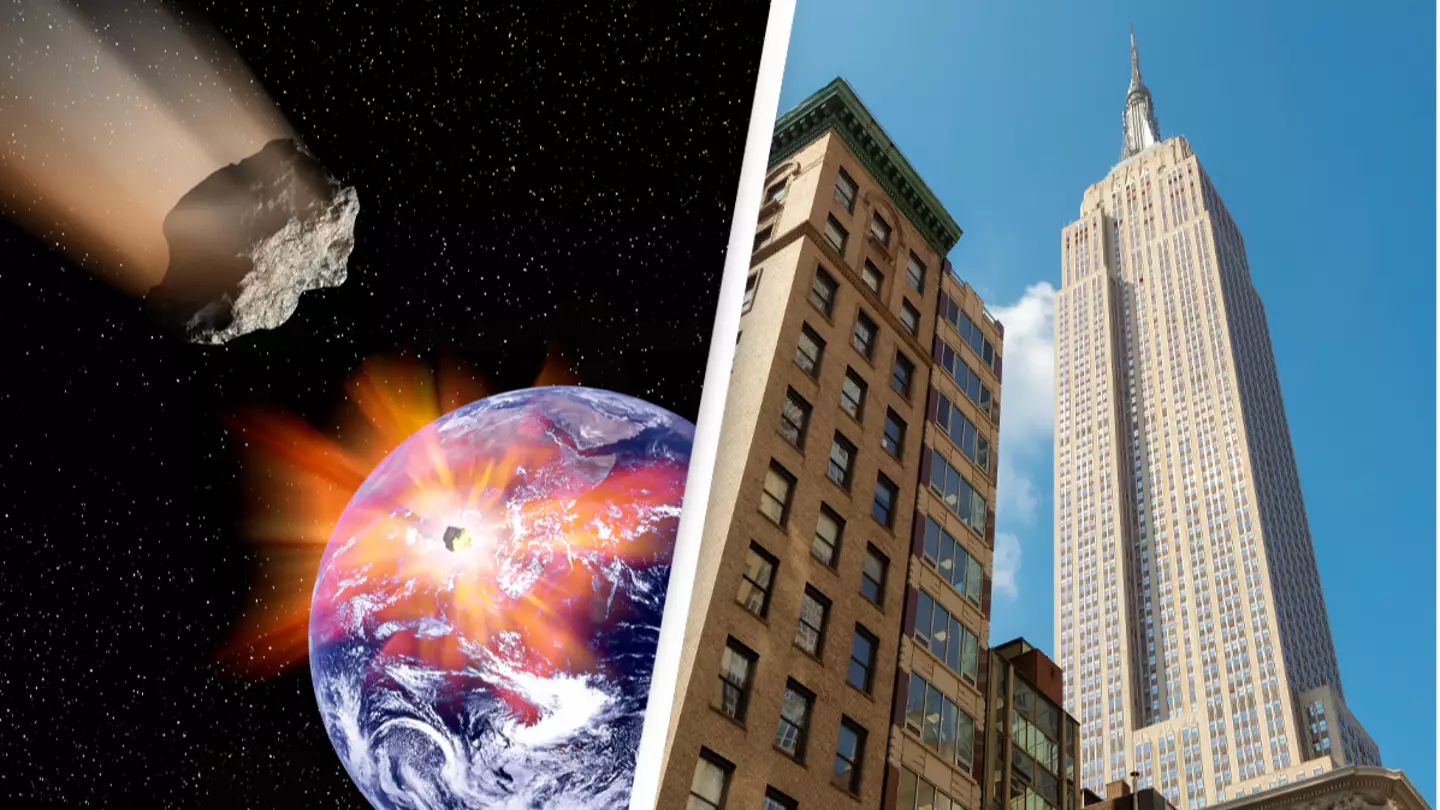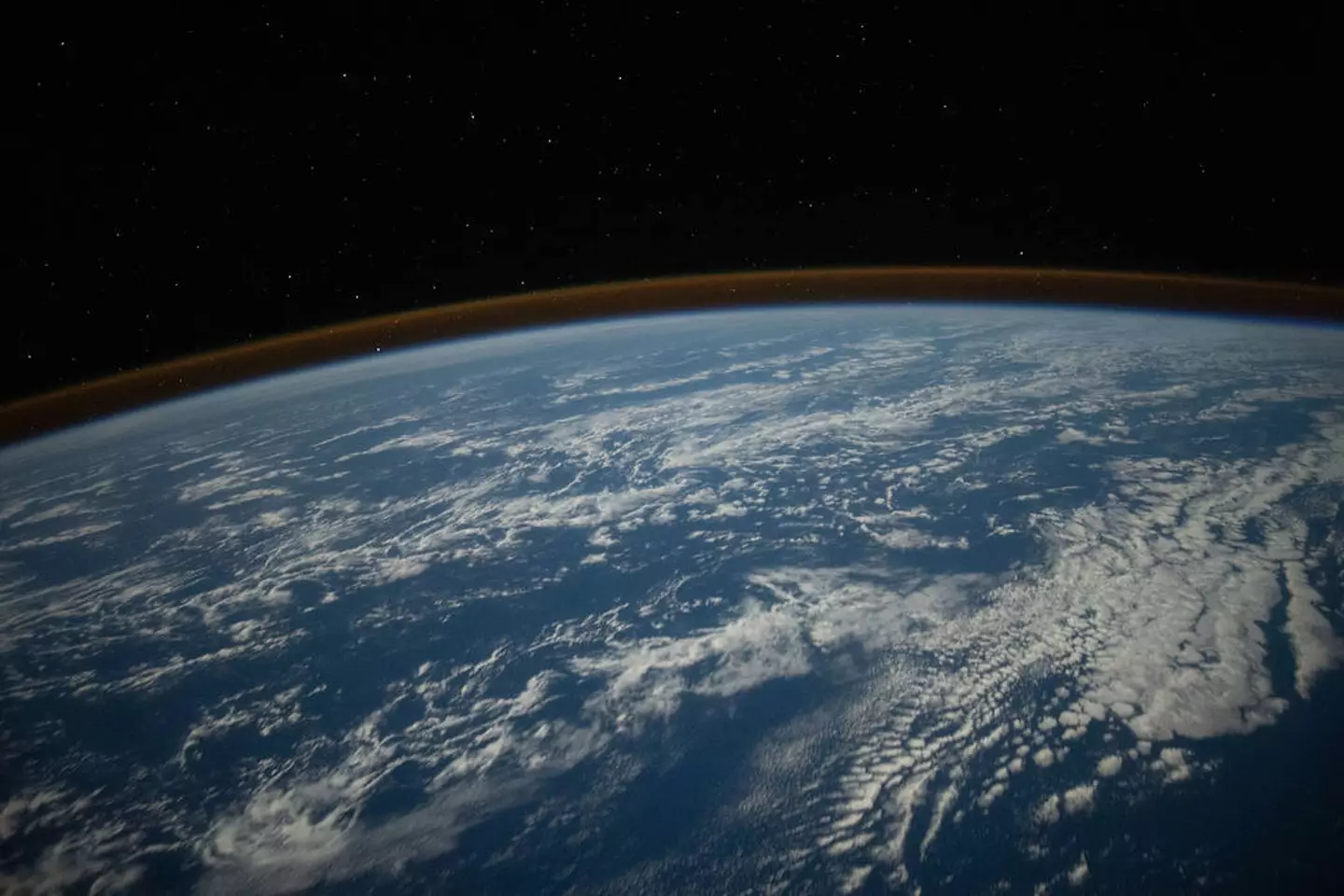A huge asteroid that is roughly the same size as the Empire State Building will fly past Earth later this week.
NASA trackers say the super-sized space rock will hurtle past at speeds of up to 30,000 mph (50,000 kph).
According to NASA's Near-Earth Object database, the 450-metre wide rock, named 2013 BO76, will fly by around 3.1 million miles away – around 13 times the distance between the Earth and moon.
However, although this might sound like a pretty massive distance, in NASA terms it's labeled as a ‘close approach’.
Any object that comes within 4.65 million miles of Earth is deemed as ‘potentially hazardous’ by the space agency.
2013 BO76 is currently being monitored by NASA on its Asteroid Watch Dashboard.
The dashboard explains: “The dashboard displays the next five Earth approaches to within 4.6 million miles (7.5 million kilometres or 19.5 times the distance to the moon); an object larger than about 150 metres that can approach the Earth to within this distance is termed a potentially hazardous object.
“The average distance between Earth and the moon is about 239,000 miles (385,000 kilometres).”
Last year, NASA gave us all the good news that Earth was safe from an asteroid smash for at least the next 100 years.
They released the statement amid fears that Apophis – a 1,100ft asteroid named after the Egyptian god of chaos – will whack into the planet at some point in the future.
Thankfully, NASA was able to rule this out, with radar observations saying we’re safe from an asteroid hit for a least the next 100 years.
Davide Farnocchia from NASA's Centre for Near-Earth Object Studies said: "A 2068 impact is not in the realm of possibility any more, and our calculations don't show any impact risk for at least the next 100 years.
"With the support of recent optical observations and additional radar observations, the uncertainty in Apophis' orbit has collapsed from hundreds of kilometres to just a handful of kilometres when projected to 2029.
"This greatly improved knowledge of its position in 2029 provides more certainty of its future motion, so we can now remove Apophis from the risk list."
If you have a story you want to tell, send it to UNILAD via [email protected]

 Claire Reid
Claire Reid
